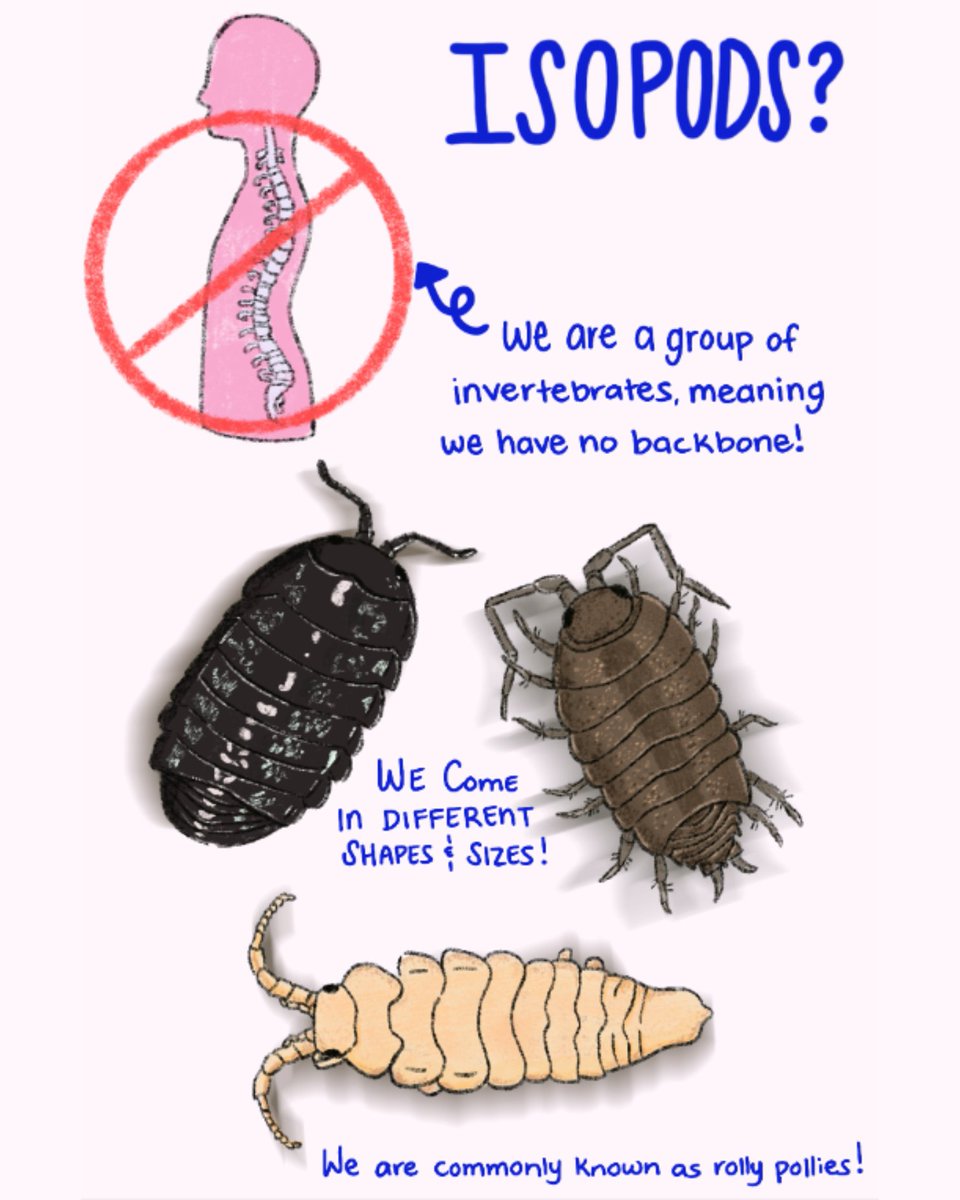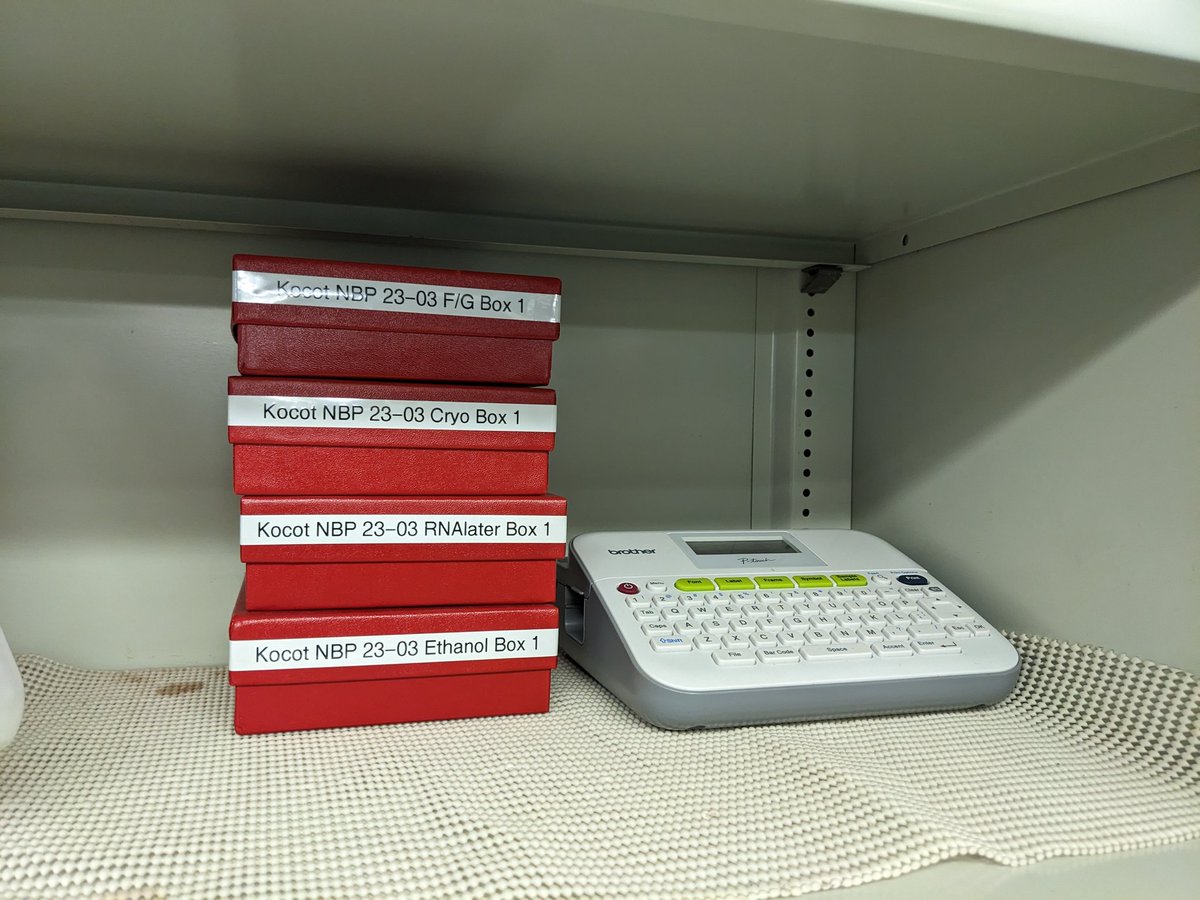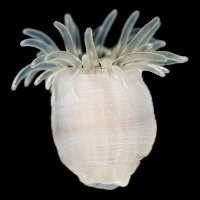
DigInverts
@diginverts
Making marine invertebrate collections accessible for all. 🦀🦑🦞🦐
Funded by the National Science Foundation. #diginverts #NSFfunded
ID: 1453492200445071365
https://www.digin-tcn.org/ 27-10-2021 22:42:19
206 Tweet
298 Followers
145 Following
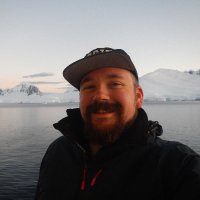

Ready for the DEEPEST dive you've ever taken? Explore the mysterious, rarely-seen world hidden beneath the waves in our new special exhibition, #UnseenOceans, opening on March 15. 🌊 fieldmuseum.io/UnseenOceans 🎨: © American Museum of Natural History
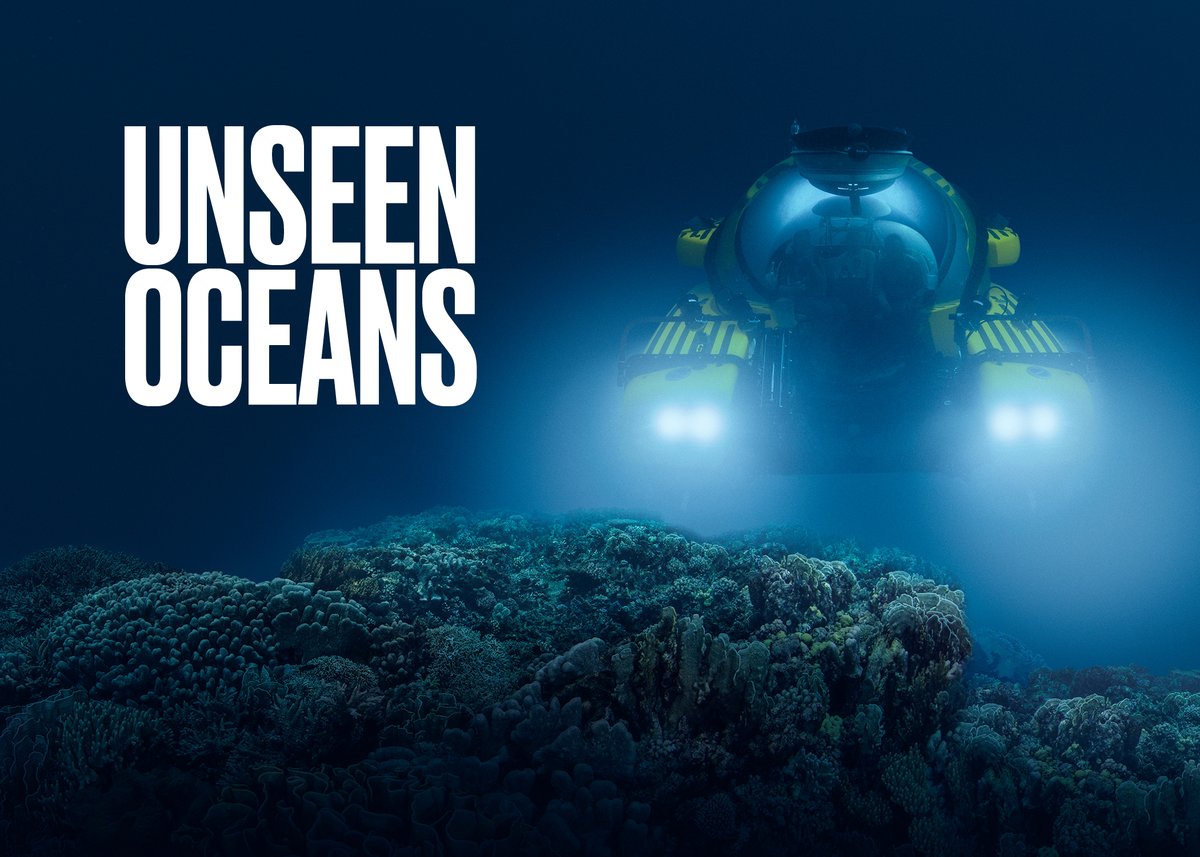


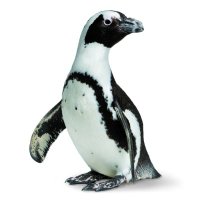

In January, MCZ collections hosted students from the Harvard Extension School Museum Collections Care course. Students worked with many MCZ collections on a variety of projects.


Five new species of squat lobsters have been described by Paula Rodríguez Flores, former Biodiversity Postdoctoral Fellow. Munidopsis giribeti is named to honor MCZ director and Harvard Organismic & Evolutionary Biology professor Gonzalo Giribet's inspirational passion and dedication to invertebrates. bit.ly/4hSPpSP


Get to know Mandë Holford Mandë Holford, incoming Curator of Malacology and Harvard Organismic & Evolutionary Biology professor, and her research on venomous sea creatures. Harvard builds a new lab for venomous sea creatures bostonglobe.com/2025/02/24/met… via The Boston Globe

Understanding a new phylum: the Micrognathozoa were discovered only 25 years ago - NHM's Christopher Laumer with colleagues University of Copenhagen Museum of Comparative Zoology Universitat de Barcelona explore biology, evolution and distribution royalsocietypublishing.org/doi/10.1098/rs…


Celebrating 75 years of the U.S. National Science Foundation! 🎉 At UC San Diego, their funding drives bold research in health, AI, climate & more. #BehindEveryBreakthough #UCSD #UCSanDiego #SaveResearch
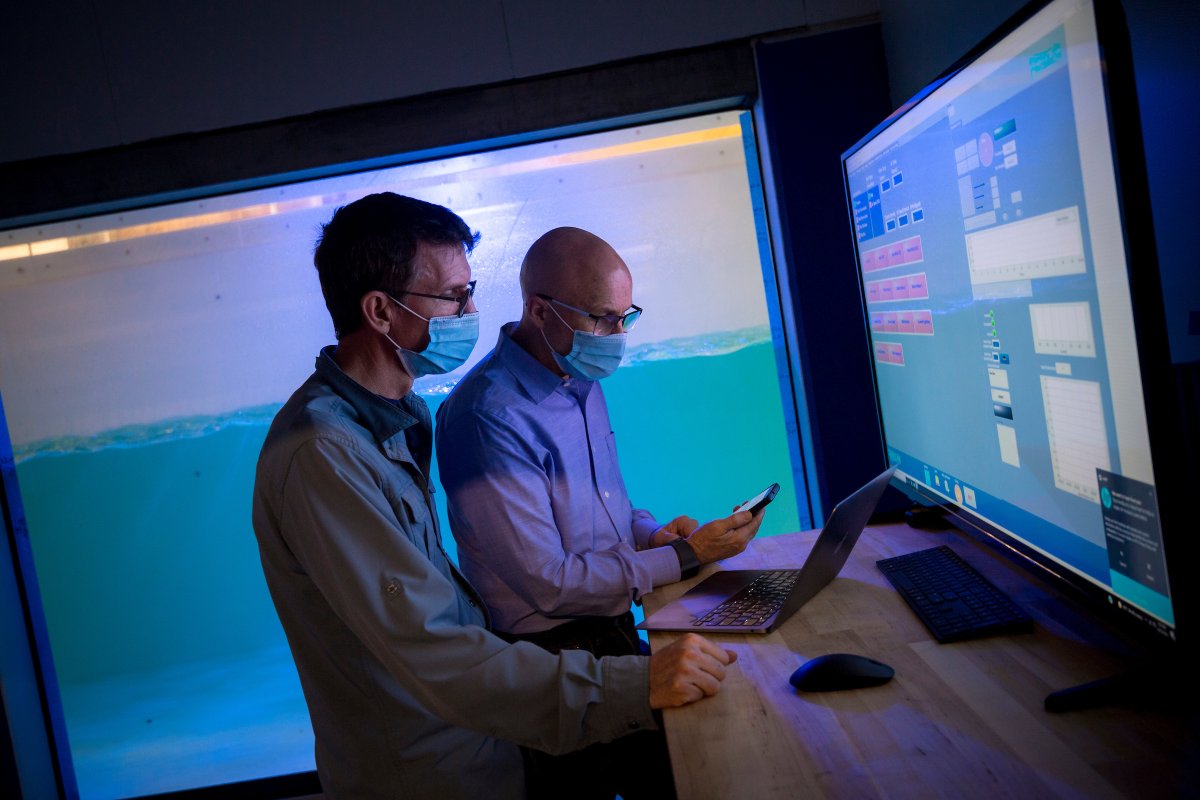
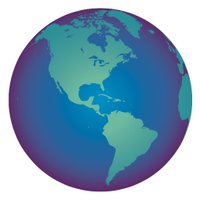
🪸 An innovative approach to #CoralReefRestoration: Gel! A new substance designed by Scripps Oceanography & UCSD Engineering scientists improved coral larvae settlement by up to 20X! Learn more about SNAP-X & how it's helping corals thrive. ⬇️ 🌊 Coral Reef Engineering Lab scripps.ucsd.edu/news/new-gel-c…

🌊 If you frequent #SanDiego tidepools, you've probably spotted these delightful locals. Meet the #SeaHare! Charlotte Seid, manager of the Benthic Invertebrate Collection at Scripps Oceanography, shares more about these cool creatures for The San Diego Union-Tribune. ⬇️ sandiegouniontribune.com/2025/05/14/spe…








Naomi Rodriguez Natural History Museum of L.A. County uses integrative taxonomy to better ID marine isopods—tiny but vital players in marine ecosystems—tackling the challenge of consistent species IDs for this group. She also made a zine to bring isopods to life! peracarida.org/about/research #WednesdayWisdom
